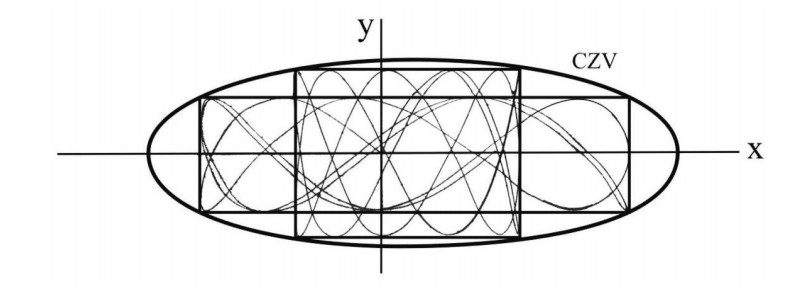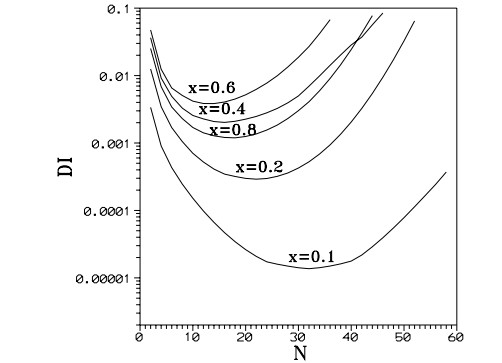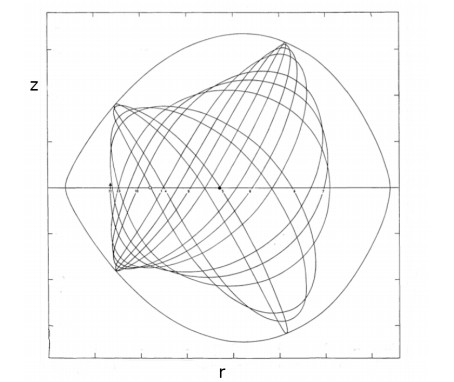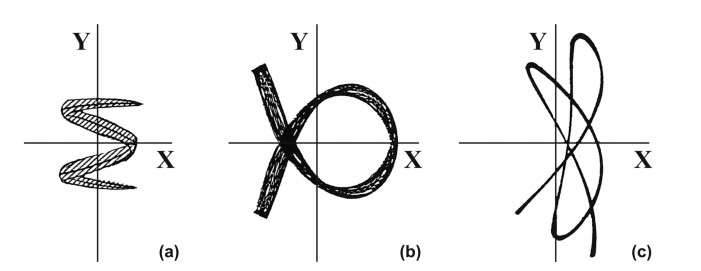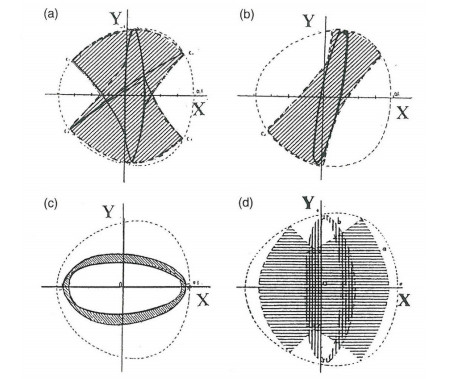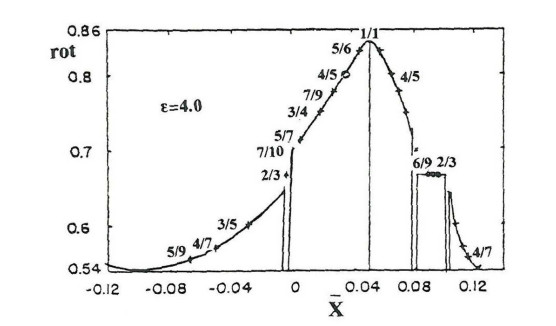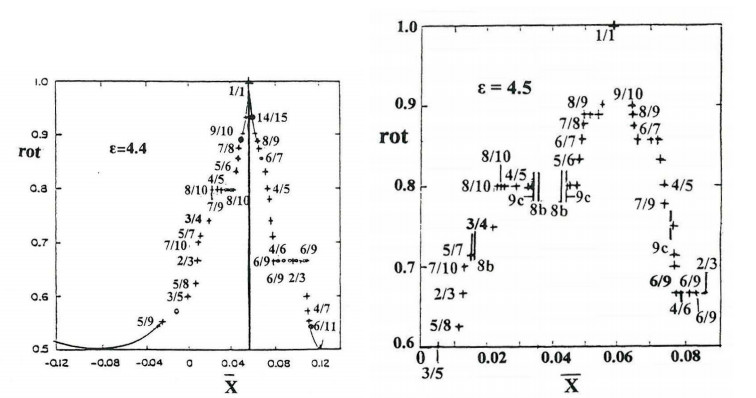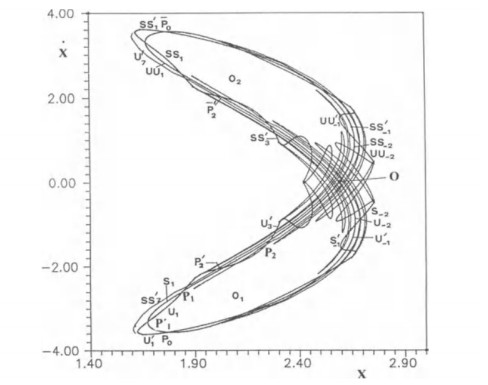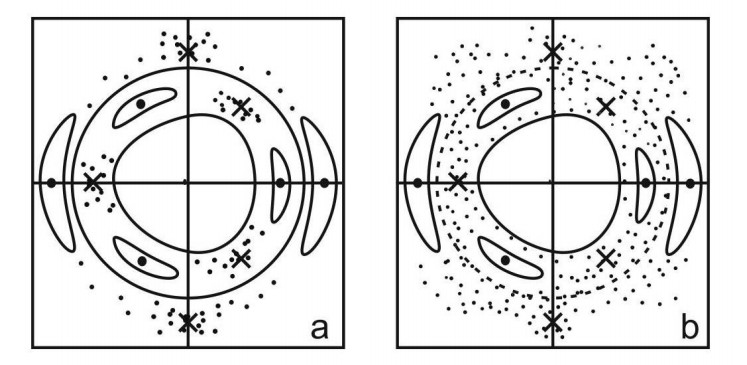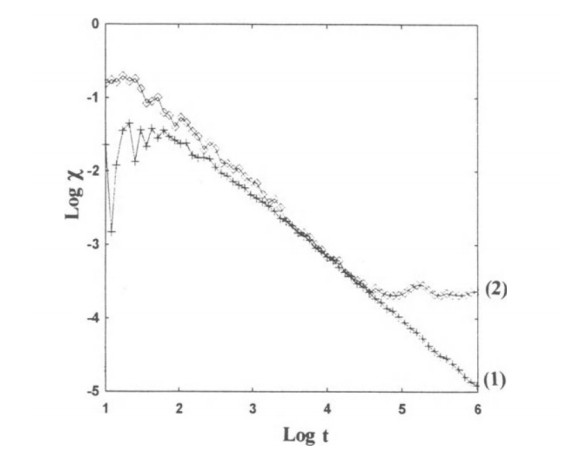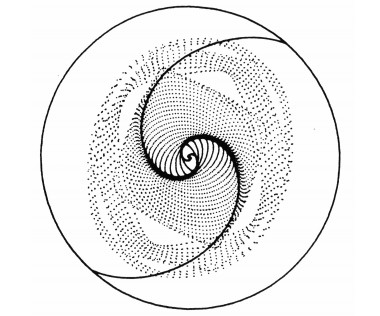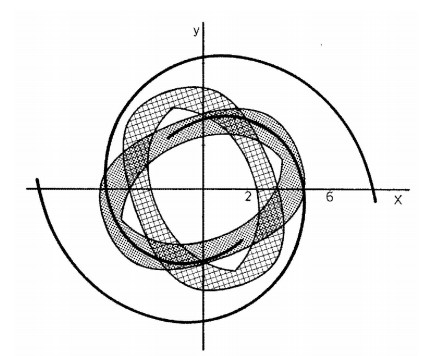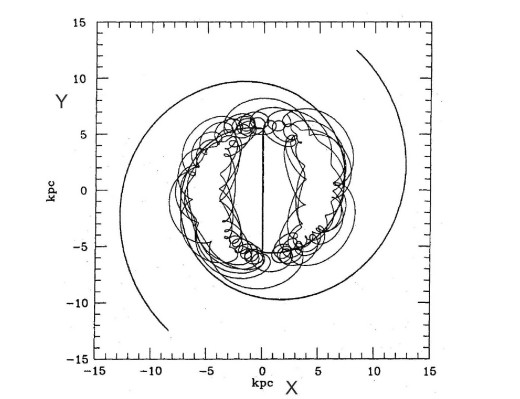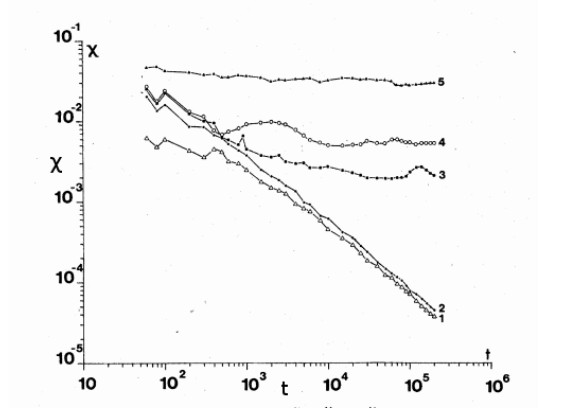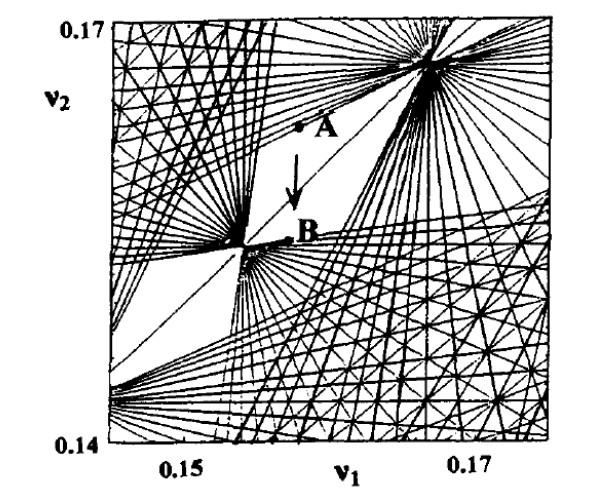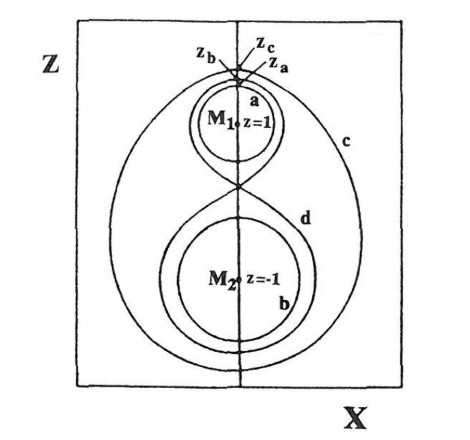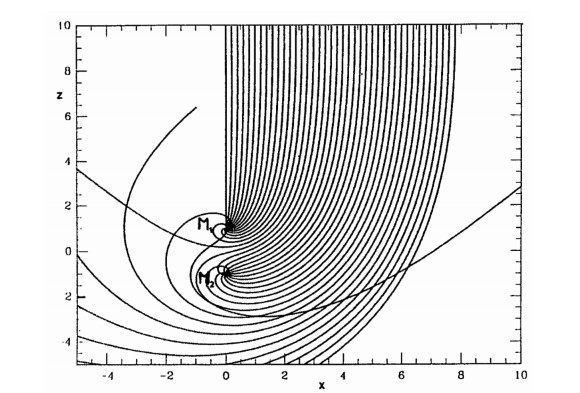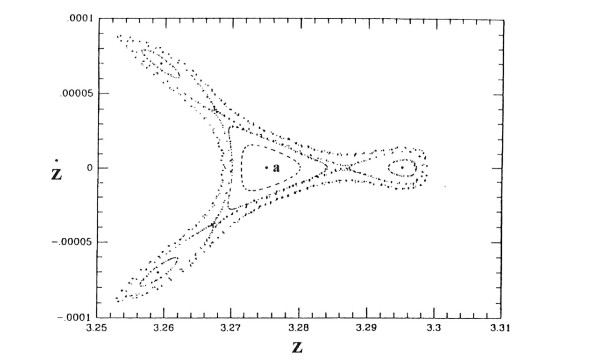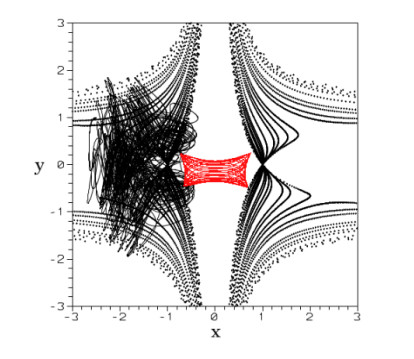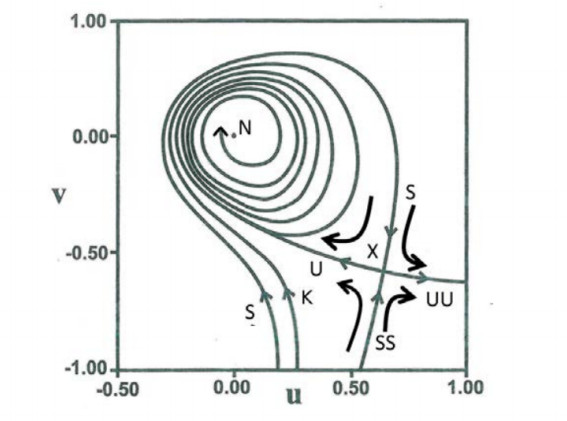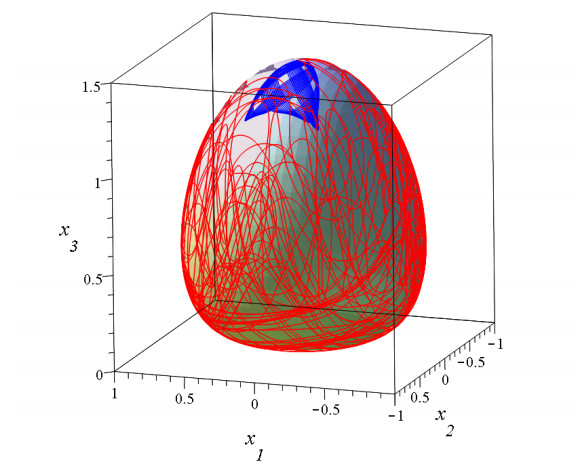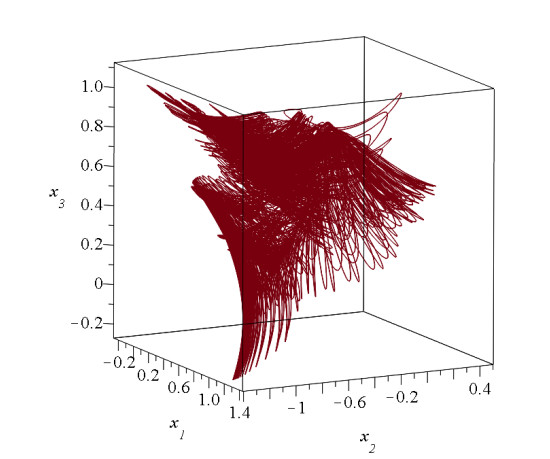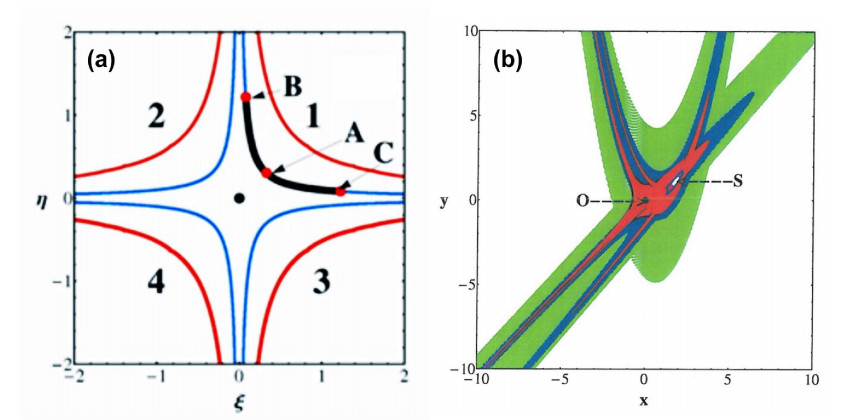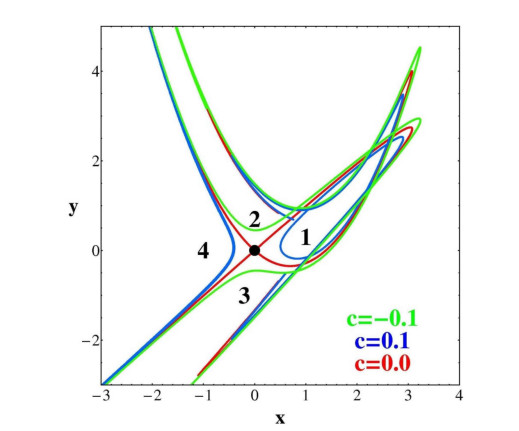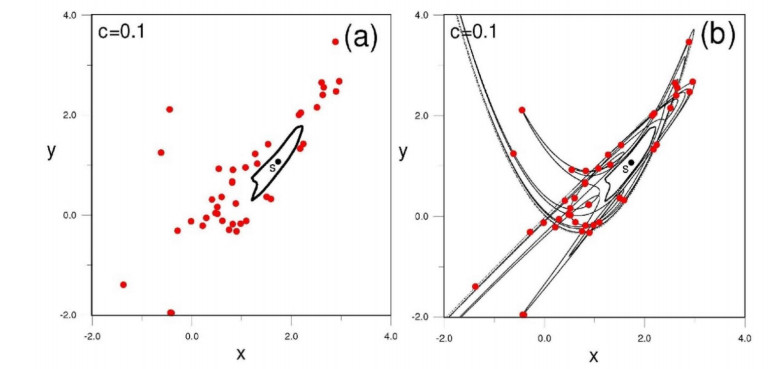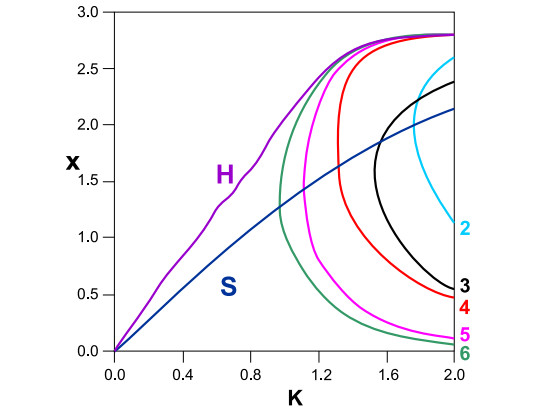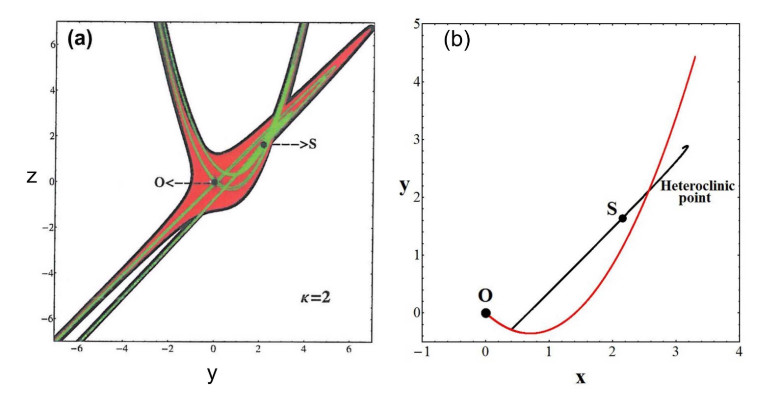1. Introduction
Coley first documented some of the earliest rudimentary uses of immunotherapy against solid tumors, suggesting from his case series that introducing bacterial infections and bacterial toxins may reduce tumor recurrence [4]. Since then, the use of immunotherapy has expanded with the development of the monoclonal antibody, the discovery of adaptive/active vaccine therapies, and the modulation of the innate immune system [5]. The utilization of the immune system to target cancers has shown promise by combining different arms of the immune system (innate and adaptive) and overcoming immune escape (tumor self-tolerance). Therefore, the term immunotherapy has become heterogeneous, referring to several treatment strategies all geared towards optimizing the immune response against tumors while mitigating autoimmune toxicity. Over the last few years, research in immunotherapy has generated new enthusiasm, with new regulatory approvals for immunotherapy granted by FDA, e.g. Provenge (Sipuleucel-T- a dendritic cell based prostate immunotherapy), and with new mechanisms to improve the activity of immunotherapy developed, including new techniques to generate specific immune responses through vaccination. However, tumor cells possess a unique capability to evade host T-cell responses, and inherently evoke tolerance, thereby limiting the efficacy of this type of therapy. Therefore, the goal of recent research has been to modulate these escape pathways (e.g. CTLA4 and PD1) and combine them with innate/adaptive therapies to improve the amplitude of response [6,7]. We will review immune therapy in pediatric oncology, and the current advances and hallmark studies that have shaped the field. Since experience with immunotherapy in pediatrics has often evolved in parallel or after advances made in adults, we will also review the application of immunotherapy to pediatric oncology and how new findings in medical and pediatric oncology might benefit children with cancer.
2. Anti-tumor Monoclonal Antibodies
Adaptive immunity relies on B cells and T cells to provide tumor specificity, amplification of immune response, and immunogenic memory through the ultimate creation of tumor-specific antibodies. While adaptive immunity is the arm of the immune system that can learn, antibodies themselves have been harnessed as both “passive” immune therapies and as drug like medicines. Tumor-specific antibodies have been used for the last several decades for B-cell lymphomas (rituximab), breast cancers (Trastuzumab), and highly vascular cancers (bevacizumab) such as glioblastoma, retinoblastoma, colorectal cancers. For certain antibodies (bevacizumab and trastuzumab), therapeutic applications have broadened as their targets (VEGF and Her-2) have been discovered on other tumors such as rhabdomyosarcoma and osteosarcoma respectively [8,9,10]. The anti-tumor monoclonal antibodies rely on the specific interaction of the tumor epitope and the antibody, which allows for antibody-dependent cell-mediated cytotoxicity (ADCC) or complement mediated cytotoxicity. The degree of each of these types of cytotoxic responses depends on the target tumor. Growing evidence has demonstrated monoclonal antibodies against solid tumors may primarily respond to ADCC, while hematologic tumors may respond to both [5,11].
Although research in anti-tumor monoclonal antibodies has shown promise with existing drugs, there are several limitations to this approach. Primarily, tumor specific antibodies such as rituximab do not necessarily target obligatory pathways on the tumor cell, and instead target cellular markers. Therefore, the tumor cell may still evade ADCC and complement mediated cytotoxicity. Additionally, complement mediated cytotoxicity may also interfere with ADCC by blocking the interaction of FcR on the Natural Killer (NK) cell and the antibody [5,11]. Therefore, modifications to improve the efficacy/cytotoxicity of this type of immunotherapy may be necessary. Modifications on the chemical structure of antibodies, for example, have shown mixed effects. Non-fucosylated antibodies have different pharmacokinetic properties (lower half-life and increased affinity to the FcγR) compared to unmodified monoclonal antibodies; therefore, by altering the glycosylated portion of the antibody, efficacy of onco-therapeutics may be enhanced [12,13]. In addition, study investigators are now beginning to conjugate tumor-specific antibodies to cytotoxins such as chemotherapeutics and radioisotopes for prostate and lymphoma, and also targeting tumor dependent pathways (e.g. Hepatocyte growth factor, epidermal growth factor receptor) in an attempt to improve cytotoxicity [14,15,16,17,18,19].
2.1. Translation in pediatric oncology
Currently, there are no randomized controlled clinical trials on antibody therapy for pediatric tumors. One of the most common monoclonal antibodies, rituximab, an anti-CD20 antibody, has been widely studied in adult malignancies such as B-cell lymphoma and leukemia. Despite its broad use, its efficacy has been questioned in pediatric studies for lymphomas as therapy for pediatric lymphomas that are CD-20 positive, such as Burkitt’s type or diffuse large B cell lymphomas, typically requires combinatorial therapy [20,21].
In contrast, neuroblastoma, a pediatric malignancy responsible for 12% of pediatric cancer deaths under the age of 15, has been a focus of monoclonal antibody therapy for high-risk phenotypes22. The standard of care for patients with widespread, disseminated neuroblastoma is primarily myeloablative treatment with stem-cell rescue followed by isretinoin treatment. Nevertheless, the prognosis is poor for these patients [23]. In a randomized clinical trial, adding a combinatorial immunotherapy with anti-GD2 monoclonal antibody, GM-CSF (Granulocyte-macrophage colony stimulating factor) and IL-2 (Interleukin 2) to the standard of care, demonstrated improved overall survival24. GD2 is expressed in both neuroblastomas and melanomas, as it is found in normal human neurons, melanocytes, and peripheral sensory nerves. The purpose of the combinatorial approach, including alternating cycles of Il-2 and GM-CSF, was to address defective ADCC pathways in patients with malignancy [24]. Therefore, it was proposed that these effector cells can be amplified, with cytokines such as, GM-CSF and IL-2. This is a prime example of a multifaceted approach to immunotherapy; the increased efficacy of monoclonal antibodies with additions of these independent cytokines shows the importance of combining both innate and adaptive responses in a comprehensive treatment. Although potentially effective in the short-term, this therapy may also be associated with an increased risk of neuropathy (evident in 51% of treated patients) [24,25]. There are current ongoing studies investigating the role of this combinatorial approach in Europe today. Additionally, bevacizumab (anti-VEGF) has been studied in rhabdomyosarcoma, and demonstrated to have dubious efficacy, when comared to other monoclonal antibodies. Further studies are needed to confirm therapeutic benefit in this patient subset [8].
Pediatric oncologists have also explored the use of drug-conjugated monoclonal antibodies. Brentuximab vedotin (BV) is a CD30 antibody-drug conjugate that is primarily used for refractory/relapsed Hodgkin’s lymphoma and anaplastic large cell lymphoma. This specific therapeutic utilizes an anti-CD30 antibody to introduce a microtubule inhibitor (monomethyl auristatin E) into target cells to induce cellular apoptosis [26]. Gemtuzumab ozogamicin is another conjugate that targets CD33 on leukemic blast cells by using cytotoxic calicheamicin. Initially used in relapsing AML, gemtuzumab ozogamicin was withdrawn from clinical trials due to inefficacy and excessive toxicity, but continues to generate interest for therapy of certain AML patients, even though unavailable currently [27]. Another type of conjugated monoclonal antibody utilizes infectious cytotoxins as conjugates. Moxetumomab pasudotox utilizes a CD22 antibody with exotoxin A of Psuedomonas areuginosa, which has shown considerable usefulness for Hairy-cell leukemia and pediatric ALL (Acute Lymphoblastic Leukemia) [28,29,30].
Biphasic antibodies are novel therapeutics that engage both cytotoxic T-cells and target cancer cells simultaneously by constructing an antibody with two-arms28. Blinatumomab is a bispecific antibody (CD3+, CD19+) that transiently docks T-cells with target B-cells in an effort to potentiate ADCC directly. This has been used in non-Hodgkin’s lymphoma and adult ALL with promising results; in phase II clinical trials, up to 80% of patients with ALL were MRD (minimal residual disease) negative after treatment with blinatumomab (although not currently approved for children) [28,31,32]. Such antibodies that engage T cells at the site of the tumor cell have greater simplicity than other designer immunotherapies like CAR T cells, reviewed below. These therapies have the advantage that they can be given off the shelf, and are simpler to manufacture than cellular therapeutics. A list of types of antibody therapies can be found on Table 1.
Table 1. Types of Antibody-based Immunotherapy
|
|
Epitope
|
Name
|
Tumor
|
Pediatric Use Approval
|
|
Monoclonal Antibodies
|
Anti-CD20
|
Rituximab
|
Lymphoma/Leukemia
|
Yes
|
|
Anti-HER2
|
Trastuzumab
|
Breast, Osteosarcoma
|
Yes
|
|
Anti-VEGF
|
Bevacizumab
|
Colorectal, Brain, Renal, Ovarian, Retinoblastoma, Rhabdomyosarcoma
|
Yes
|
|
Anti-EGFR
|
Cetuximab
|
Head and Neck, Colorectal
|
No
|
|
Drug-
Conjugated Antibodies
|
Anti-CD30 w/ microtubule inhibitor
|
Brentuximab vedotin
|
Lymphoma
|
No
|
|
Anti-CD33 w/ antibiotic calicheamicins
|
Gemtuzumab ozogamicin
|
Leukemia
|
Yes
|
|
Anti-HER2 w/ cytotoxic DM1
|
Ado-trastuzumab
|
Breast
|
No
|
|
Toxin-Linked Antibodies
|
Anti-CD22 w/ exotoxin A
|
Moxetumomab pasudotox
|
Lymphoma/Leukemia
|
Yes
|
|
Biphasic Antibodies
|
Anti-CD3 and CD19
|
Blinatumomab
|
Lymphoma/Leukemia
|
No
|
|
Radio-labeled Antibodies
|
Anti-CD20 w/ yttrium-90
|
Ibritumomab tiuxetan
|
Lymphoma
|
Yes
|
3. Vaccine Therapy
Despite early disappointments, cancer vaccines now occupy a potentially important role in cancer immunotherapy [5]. Cancer vaccines are intended to elicit specific anti-tumoral cellular responses by activating T-cells (CD4 and CD8) against specific tumor antigens. This may be accomplished by a variety of mechanisms including dendritic cells, DNA, and heat shock protein vaccines.
Dendritic cell (DC) vaccines rely primarily on antigen presenting cell (APC) activation to direct T-cell activation. In order to elicit an immune response, the lysate of the patient’s tumor is exposed to autologous APCs (dendritic cells) with a differentiation factor, typically GM-CSF. After activation, the APCs are then injected into the patient in hopes of stimulating a T-cell response against the tumor antigens. Nevertheless, this type of therapy is limited by the immunogenicity and specificity of the tumor antigen loaded on the APC, and many times, despite APC activation, a robust T-cell response may not be possible. Therefore, several other clinical trials have attempted to address this issue by enhancing the immune response during antigen presentation or prior to vaccine injection [33]. Heat shock protein (HSP) vaccines specifically rely on isolation of tumor HSP, which carry tumor antigens. By introducing the autologous tumor HSPs that harbor antigenic peptides back into body, APCs may be activated. HSP vaccines have been studied in several types of cancers including renal, cervical, brain, and lymphoma [34,35,36]. Of note, other types of communal vaccine therapies also have shown promise in clinical trials including neuroblastoma minigene vaccine expressing survivin, melanoma peptide (gp100), prostate-specific antigen, and epidermal growth factor receptor (EGFR) vaccines [37,38,39,40].
Several approaches to improve the efficacy of dendritic cell vaccines have been developed. Since DC vaccines can be weak and ineffective against tumors, strategies to augment the maturation of DCs could increase the efficacy of the antitumor response. Two major approaches for DC maturation have been employed. Because maturation of DCs primarily relies on the toll-like receptor (TLR) pathway, TLR agonists are now being employed to promote maturation of immature DC cells with the help of co-stimulatory cytokines (TNF, IL-1) [41,42]. An alternative method to promote the maturation of DCs is to attenuate pathways known to inhibit DC maturation such as SOCS1 or GILZ in order to improve DC immunogenicity [41,43,44,45]. Yet another method to improve the efficacy of DC vaccines has been focused on epigenetic modulation of the target cells. Studies involving decitabine (an epigenetic demethylating agent) has been shown to immunosensitize cancer cells by increasing tumor-rejection antigens (NY-ESO), therefore making them more susceptible to T-cell mediated cytotoxicity [46,47].
3.1. Translation into pediatric oncology
The translation of these vaccine therapies to clinical trials has initially demonstrated encouraging results in several tumors including melanoma, Ewing’s sarcoma, glioblastoma, sarcomas, neuroblastoma and non-small cell lung cancer. [24,48,49,50,51,52,53,54,55,56,57] Demethylating agents such as decitabine, which increase tumor immunogenicity, are now being employed in a variety of pediatric and adult tumors with varying degrees of success [47,58]. Nevertheless, the scope of immunotherapies in certain pediatric tumors remains limited as standard treatment (surgery, chemotherapy, or radiation) has been effective in inducing remission in the majority of patients. For select patients with higher-grade tumors, vaccine immunotherapy in combination with standard treatment regimens may be feasible in improving prognoses of these cancers. It is likely that even when vaccine therapy generates effective T cell responses against tumor antigens in children with cancer, further immunotherapy will be necessary to allow for clinically meaningful immune control of tumor. See Table 2.
Table 2. Selected Open Pediatric Dendritic Cell Vaccine Trials
|
Sponsor
|
Tumor
|
Type of Study
|
Identifier
|
Vaccine Protocol
|
|
Antigen
|
Site of Admin.
|
|
University of Miami
|
High-Grade Glioma
|
Phase I
|
NCT01808820
|
ATL
|
Intradermal
|
|
University of Miami
|
High-Grade Glioma
|
Phase I
|
NCT01902771
|
ATL
|
Intradermal
|
|
University of Miami
|
Sarcoma
|
Phase I
|
NCT01803152
|
ATL
|
Intradermal
|
|
University of Louisville
|
Neuroblastoma
/Sarcoma
|
Phase I
|
NCT01241162
|
ATL
|
-
|
|
University of Florida
|
Medulloblastoma/PNET
|
Phase I/II
|
NCT01326104
|
Total Tumor RNA
|
Intradermal
|
|
MD Anderson
|
Melanoma
|
Phase II
|
NCT00338377
|
-
|
Intravenous
|
4. T-cell adoptive therapy
Adoptive cell transfer of T-cells involves ex vivo activation and multiplication of T-cells to potentiate a T-cell response. This principle was first tested in leukemia patients after bone marrow transplantation, where donor T-cells attacked the host cancer cells. Since then, T-cell therapy has evolved to include the use of tumor infiltrating lymphocytes (TIL) for adoptive therapy. Once isolated, tumor-infiltrating lymphocytes are activated and multiplied ex vivo, and subsequently introduced back to the patient. However, TIL therapy may be limited in efficacy as tumors may lose original antigens and evade TILs [5]. Certainly, allogeneic transplant for solid cancers has been found to have toxicity without enough clinical benefit to be pursued as routine clinical therapy [59].
Chimeric Antigen Receptors (CARs) have been also been developed to enhance the spectrum of tumor recognition and cytotoxic ability. CARs consist of a T-cell receptor (TCR) combined with a variable IgG domain; CARs are intended to be introduced to T-cells to optimize antigen recognition, but not compromising T-cell cytotoxicity [5,60,61]. By overcoming MHC restriction, a specific and very potent response against antigen bearing tumor cells can be generated [60,61].
4.1. Translation into pediatric oncology
Currently, there are a few clinical trials employing T-cell adoptive transfer in pediatric oncology. T-cell adoptive transfer has been employed in leukemia to improve immune function after bone-marrow transplant [62,63,64]. However, other centers are now utilizing this type of therapy to target residual brain tumors, sarcomas and neuroblastoma [63,65]. CARs are also being studied in pediatric neuroblastoma patients with some success. Park et al. demonstrated prolonged survival of T-cells (re-directed with CARs) in patients with minimally residual neuroblastoma; nevertheless, results were not favorable for patients with extensive disease [65]. Additionally, CD19 specific CARs have been employed in refractory ALL and CLL with success; however, significant toxicities including systemic inflammatory reactions were observed in many treated patients [66]. Recently, Maude et al used autologous T-cells with CD19 specific CARs (CTL019) in refractory ALL patients despite failed stem cell transplantation, and there are major efforts by several pharmaceutical companies to develop CAR for ALL and other indications [67]. Translation of CAR therapies for pediatric AML have also been encumbered due to the lack of leukemic specific antigens; therefore, any CAR therapy for AML must be carefully considered as the risks for bone marrow toxicity remain high [68]. In a similar fashion, biphasic antibodies directed against CD19 but linked to CD3 allow for naturally occurring T cells to be directly activated against CD 19 positive ALL cells [69]. Blinatumomab has recently been granted accelerated approval for ALL in relapse.
5. Overcoming the Hurdles: Self-tolerance to tumors
Although promising immunotherapies have been developed, tumor evasion of the host immune response remains a problem. Since tumors undergo a large magnitude of genetic mutations, tumor antigens should theoretically be recognized as foreign; however, tumors may evade this host’s immune response by developing resistance via dysregulating “immune checkpoints” 7. Immune checkpoints are a combination of co-stimulatory and inhibitory signals, which are crucial in the balance of self-tolerance and immunogenicity. Failure in immune checkpoints may also encumber immunotherapeutic clinical trials as many focus on refractory tumors, prone to T-cell anergy and toleragenicity. Various pathways have been hypothesized to play a role in immune tolerance: metabolic enzymes (ex: Arginase), inhibitory immune pathways [Cytotoxic T-Lymphocyte Associated Antigen 4 (CTLA4), and Programmed cell Death protein 1 (PD1)] [7].
The most studied inhibitory immunogenic pathway, as well the first to ever be manipulated in patients, CTLA4, has demonstrated importance in melanoma patients [6]. CTLA4 is solely expressed on T cells, and its primary role is to control the extent of immune response in the initial stages of the T cell response. The CTLA4 receptor once bound to its ligand, inhibits T cells by impeding the CD28 T-cell stimulatory pathway 6. In the clinical setting, the CTLA4 blockade, through use of monoclonal antibodies, increases the amplitude of the immune response, specifically CD4 T-cell activity, and inhibition of regulatory T-cell immunosuppression. However, despite these results, there was a high degree of immunotoxicity, which was later optimally controlled by partial blockade of CTLA4 with antibodies, steroids, and tumor necrosis factor alpha (TNF-α) inhibitors. Toxicity, particularly autoimmune colitis, remains a consistent hurdle in systemic administration of this medication. Its efficacy has been tested along with other immunotherapies (peptide vaccines) and showed increased survival in patients with advanced melanoma [7,70]. Moreover, PDL1, even more broadly expressed than CTLA4 on the tumor microenvironment, serves to decrease activity of T cells in the peripheral tissues. Inhibition of PDL1/PD1 complex augments the effector T cells, and most likely enhances antibody production and NK cell function [71,72]. Clinical trials with PDL1 blockade showed anti-tumor immunity in multiple cancers, while potentially showing less signs of immunotoxicity than with the CTLA4 blockade [7]. PDL1/PD1 complex blockade trials are ongoing, and share much promise in the field of immunotherapy. Blockade of PDL-1 so that it cannot interact with PD1 is also under study and potentially as efficacious as blocking PD1 by itself. PD1 blockade has become increasingly promising, both as a goal for pediatric immunotherapy and as a prime example of immune manipulation as cancer therapy [73]. Some diseases which occur in children and adults, such as Hodgkin’s lymphoma, have already been shown to benefit from PD1 blockade because of constitutive upregulation of PDL-1 and PDL-2 [3]. Similarly, glioblastoma and osteosarcoma, which can occur in children, have been shown to have upregulated PD1 and thus may be appropriate targets for precision immunotherapy targeting immune exhaustion in these tumors in children [74,75].
Additional limitations to efficacious immunotherapy are dose-limiting autoimmune toxicities that may arise with direct immune modulatory antibodies such as ipilumimab (CTLA-4 blockade). In these instances, auto-immune pathology may arise secondary to activiation of autoreactive T-cells, modulated by the immunotherapy. However, in order to overcome this barrier, researchers have developed aptamers that are conjugated to tumor specific antigens and CTLA-4 to provide safer more efficiacious therapy [76]. These aptamers seem to inhibit the target immune regulator more efficiently, while providing more specificity for the tumor cells by targeting specific proteins within their cell membrane.
6. Epigenetics--a new frontier
With the recent push into epigenetic research, molecules that specifically target gene-regulating oligonucleotide sequences may be poised for expansion in pediatric oncology. Epigenetic modalities such hypomethylating agents are now studied to potentially enhance antigen specific T-cell responde in a variety of cancers including colorectal cancer [47]. For example, a hypomethylating agent may increase the production of NY-ESO, thereby promoting T-Cell recognition and mediated-attack of these tumor cells. Additionally, epigenetics are now being utilized to diagnose and prognosticate pediatric illnesses. Epigenetic biomarkers (DNA methylation signatures) have been identified to help diagnose ALL using mass spectroscopy, while additional studies have been performed to isolate diffuse intrinsic pontine glioma from other common brain tumors (adult glioma, pediatric GBM) [77,78]. As our knowledge on epigenetic pathways expands, immunotherapies may be soon modulated and corrected to provide more efficacious treatment options in the future.
7. Conclusion
Cancer immunotherapy as a whole remains a dynamic field, with great potential to develop new standards of care. Novel monoclonal antibody therapies such as drug-conjugated and biphasic antibodies may allow for more anti-tumor cytotoxicity. Additionally, recent methods to mature DCs through TLR pathway and the development of CARs have allowed for stronger and more specific immune responses respectively. The better understanding of tumor escape pathways (CTLA4 and PD1) and other immune principles, lends investigators yet another approach reduce tolerance, and enhance the amplitude of the immune response. The shift towards a combinatorial immune response, eliciting both the innate and adaptive immune system, has been shown to improve effectiveness of even previously unsuccessful immunotherapies. While not likely to be beneficial as monotherapy for cancer in children, immunotherapy has become accepted as an adjuvant therapy with chemotherapy, radiation, or surgery in many refractory cancers. With new treatments showing clinically meaningful results, for instance in ALL and neuroblastoma, immunotherapy will play a role going forward in pediatric oncology. Additionally, in the setting of pediatrics, where remissions are frequently achieved, immunotherapy may serve to be very efficient in preventing relapse. As the continued efforts to discover the full potential of immunotherapy remain in place, hope for novel therapies for pediatric cancers remains alive.
At a Glance:
· The concept of cancer immunotherapy was first originated in the early 20th century by injecting bacteria to induce a tumor response in sarcoma patients
· Over the last decade, great strides in cancer immunotherapy have been made including the development of specific antibody treatments, dendritic cell vaccines, and T-Cell Adoptive therapy.
· There are several broad categories of antibody-based immunotherapies for cancer. The most common form (monoclonal antibodies) target a specific antigen and promote cytotoxicity through ADCC or the complement pathway. Newer antibody strategies may involve the combination of a monoclonal antibody and a chemotherapeutic/toxin/radiolabeled conjugate to improve cytotoxicity. Biphasic antibodies allow for dual antigen targeting, promoting a more specific treatment approach. Failures of the antibody to reach the target cell or failures in the ADCC system may allow for tumor cells to escape this type of immunotherapy.
· Dendritic cell vaccines are a newer category of immunotherapy strategies aimed at promoting host immune responses by exposing APCs to tumor antigens. Enhancing the immune response through the maturation of dendritic cells via the TLR pathway remains a challenge of DC vaccine therapy. Low immunogenicity of the tumor lysate may also limit the clinical efficacy of DC vaccines; therefore strategies to improve immunogenicity are being developed.
· Many tumors utilize immune escape pathways to promote self-tolerance and avoid an immune response. Various pathways have been hypothesized to play a role in immune tolerance: metabolic enzymes (ex: Arginase), inhibitory immune pathways (Cytotoxic T-Lymphocyte Associated Antigen 4 (CTLA4), and Programmed cell Death protein 1 (PD1). Modulating the tumor escape pathways is essential to efficient immunotherapy.
Conflict of Interest
The authors of this study have no financial or personal conflicts of interest to disclose.
Acknowledgements
Dr. Goldberg is supported by the Sylvester Comprehensive Cancer Center and by Grant Number 1UL1TR000460, University of Miami Clinical and Translational Science Institute, from the National Center for Advancing Translational Sciences and the National Institute on Minority Health and Health Disparities
Abbreviations
ADCC (antibody-dependent cell-mediated cytotoxicity); ALL (acute lymphocytic leukemia), AML (acute myeloid leukemia); Anti-GD2 (antibody against disialoganglioside in neural ectodermal tissue); APC (antigen presenting cell); ATL(autologous tumor lysate); CAR (chimeric antigen receptor); CLL (chronic lymphocytic leukemia); CTLA4 (cytotoxic T-Lymphocyte Antigen 4); DC (dendritic cell); EGFR (epidermal growth factor receptor); FcR (fragment crytallizable region); GILZ (glucocorticoid-induced leucine zipper); GM-CSF (granulocyte macrophage colony-stimulating factor); HSP (heat shock protein); MHC (major histocompatibility complex); MRD (minimal residual disease); NY-ESO (cancer-testis antigen); PD1 (programmed cell death protein 1); PDL-1 (programmed death ligand 1); PNET(primitive neuroectodermal tumor); SOCS1 (suppressor of cytokine signaling 1); TIL (tumor infiltrating lymphocytes)









 DownLoad:
DownLoad: 

